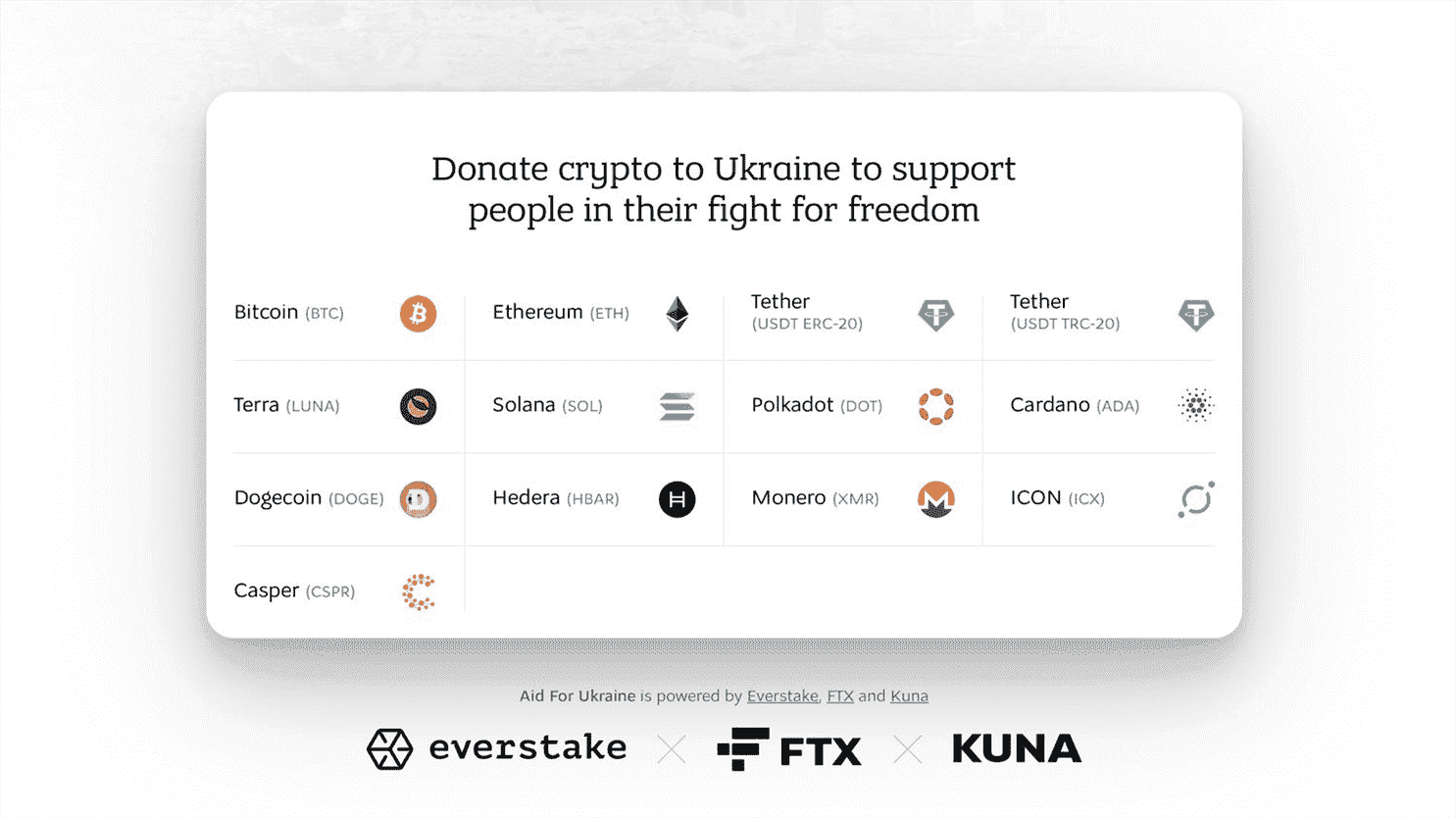All that was missing was the president’s signature. Months ago, on February 17, the Ukrainian Parliament adopted a law on the legalization of cryptocurrencies, the objective of which is “to bring the crypto sector out of the shadows”. Volodymyr Zelensky has therefore endorsed this legalization: the Ukrainian Ministry of Digital Transformation announced it, Wednesday, March 16, 2022, on Twitter.
Ukraine has legalized the crypto sector — @ZelenskyyUa signed a law. From now on foreign and Ukrainian cryptocurrencies exchanges will operate legally and banks will open accounts for crypto companies. It is an important step towards the development of the VA market in Ukraine. pic.twitter.com/lqqO1J9r1k
— Міністерство цифрової трансформації України (@mintsyfra) March 16, 2022
It must be said that cryptocurrencies have become an essential tool for financing the Ukrainian resistance. From the beginning of February, well before the Russian invasion, donations of cryptocurrencies from all over the world had begun to arrive, some exceeding 10 bitcoins, or the equivalent – as of March 18, 2022 – of 380,000 euros. Two days after the first Russian tanks entered Ukraine, several Ukrainian government Twitter accounts launched the first calls for cryptocurrency donations to support the resistance, the “crypto-resistance”some say.
And earlier this week, the Ukrainian Ministry of Digital Transformation launched an official website to better structure this fundraising for the Ukrainian armed forces, mainly in cryptocurrencies, even if the donations, by direct transfer, in five currencies more (including the dollar and the euro) are also possible. The website corresponds to a hashtag (or hashtag) on Twitter: #HelpUkraineWithCrypto or, in French, “Help Ukraine with cryptocurrencies”.
.
“Cryptocurrencies are proving to be a great help in facilitating the sending of funds to the Armed Forces in Ukraine.”
Alex Bornyakov, Ukrainian Deputy Minister of Digital Transformationto Twitter
At the top of the home page, there is this call: “Help Ukraine with crypto, don’t leave us alone with the enemy”. The response was immediate. The objective is also clearly displayed at the end of a progress bar on the home page: it is 200 million dollars. In less than a week, the equivalent of more than 60 million dollars has already been collected and donations continue to increase at the rate of several million dollars equivalent per day.
13 cryptocurrencies are accepted: Bitcoin but also Ethereum, Dogecoin, Terra, Casper, Polkadot, Monero or Cardano. Donations used very concretely: on March 11, the Ukrainian Deputy Minister of Digital Transformation, Alex Bornyakov, announced on Twitter to have been able to buy 5,550 bulletproof vests, 3,125 thermal vision goggles or even 410,000 food rations.
This vote in Ukraine obviously brings to mind El Salvador which, in September 2021, made Bitcoin a legal currency, like the dollar. However, the Ukrainian precedent is different: not only has Ukraine legalized all cryptocurrencies, well beyond just Bitcoin, but it is also the first time that a State has requested cryptocurrencies in such a context, in synergy with the system. traditional banking.
Until now, historical financial organizations have tended to be wary of this revolution that is cryptocurrencies. However, in Ukraine, the banks, and in particular the national bank, are fully part of the operation since the donations, after having been recorded in cryptocurrencies, are then transferred to a platform from where they are converted into dollars, and sent to the Ukrainian government via SWIFT, the famous interbank network from which some Russian banks have been cut off.
The signing of this law by President Zelensky was therefore both a necessity and, to some extent, a recognition for service rendered: a recognition that could have taken years without the war. The co-founder of Ethereum, one of the best-known cryptocurrencies after Bitcoin, sees this as a point of no return in the adoption of these dematerialized currencies.
